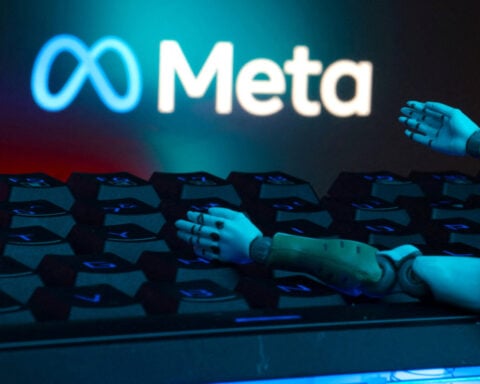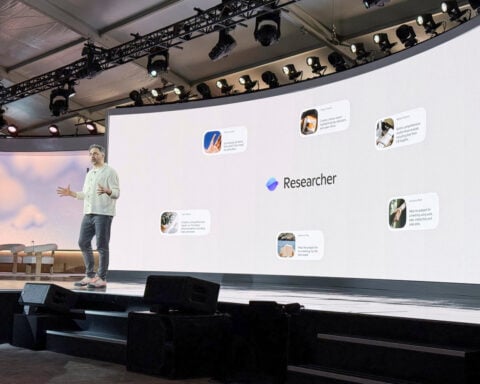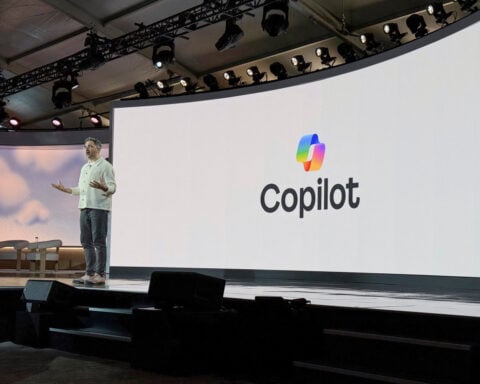Cable TV, once a dominant force in the television industry, is facing an uncertain future as streaming services disrupt traditional business models. Recent disputes between major players foreshadow the challenges ahead as companies walk a fine line between maintaining lucrative cable deals while also positioning themselves for the streaming era.
The tremors rocking cable TV were felt earlier this year in a standoff between Disney and Charter Communications, one of the largest cable providers. Charter CEO Chris Winfrey threatened to drop Disney channels, claiming they had diminishing value as Disney put more content on its streaming platforms. The two sides eventually struck a deal, but it signaled a new model going forward.
According to analysts, the most significant part of the Disney-Charter agreement was Disney offering discounted access to streaming services like Disney+ for Charter subscribers. "That's where everything is heading," said Alan Wolk, co-founder of media analyst firm TVREV. Bundling streaming with cable may become the norm as companies try to avoid tension with distributors.
However, this model also means consumers would no longer pay twice for cable channels and streaming content from the same company. "The media companies were blatantly double-dipping," said analyst Craig Moffett. "Going forward, you're not going to be able to simultaneously charge the same customer twice for the same content."
The delicate balance was highlighted again this week as Warner Bros. Discovery launched CNN Max, which streams hours of CNN's cable programming. DirecTV, which pays substantial fees to carry CNN, warned this could violate their contract.
Wolk called Max a "very smart move" to recognize the value of news, sports and entertainment bundled together. But media companies must walk a fine line to develop streaming platforms without alienating cable partners.
According to Nielsen, broadcast and cable TV fell below 50% of total viewership for the first time in July, an all-time low highlighting the disruption caused by streaming. Yet, profitable cable deals still provide funding for streaming ambitions. For instance, Fox made $1.77 billion from carriage and retransmission fees last quarter.
"As we move to streaming, that's going away because there's nobody to pay them that," said Wolk. However, he estimates 30-40% of older viewers will hold onto cable for now. So the TV industry will remain lucrative, just not quite as profitable as its heyday.
Wolk summed it up as the difference between "insanely profitable and very profitable." While the future of cable TV is uncertain, it won't disappear overnight. But the emerging compromises between streaming and cable hint at the new equilibrium ahead for the television industry.

 Trump has begun another trade war. Here's a timeline of how we got here
Trump has begun another trade war. Here's a timeline of how we got here
 Canada's leader laments lost friendship with US in town that sheltered stranded Americans after 9/11
Canada's leader laments lost friendship with US in town that sheltered stranded Americans after 9/11
 Chinese EV giant BYD's fourth-quarter profit leaps 73%
Chinese EV giant BYD's fourth-quarter profit leaps 73%
 You're an American in another land? Prepare to talk about the why and how of Trump 2.0
You're an American in another land? Prepare to talk about the why and how of Trump 2.0
 Chalk talk: Star power, top teams and No. 5 seeds headline the women's March Madness Sweet 16
Chalk talk: Star power, top teams and No. 5 seeds headline the women's March Madness Sweet 16
 Purdue returns to Sweet 16 with 76-62 win over McNeese in March Madness
Purdue returns to Sweet 16 with 76-62 win over McNeese in March Madness








